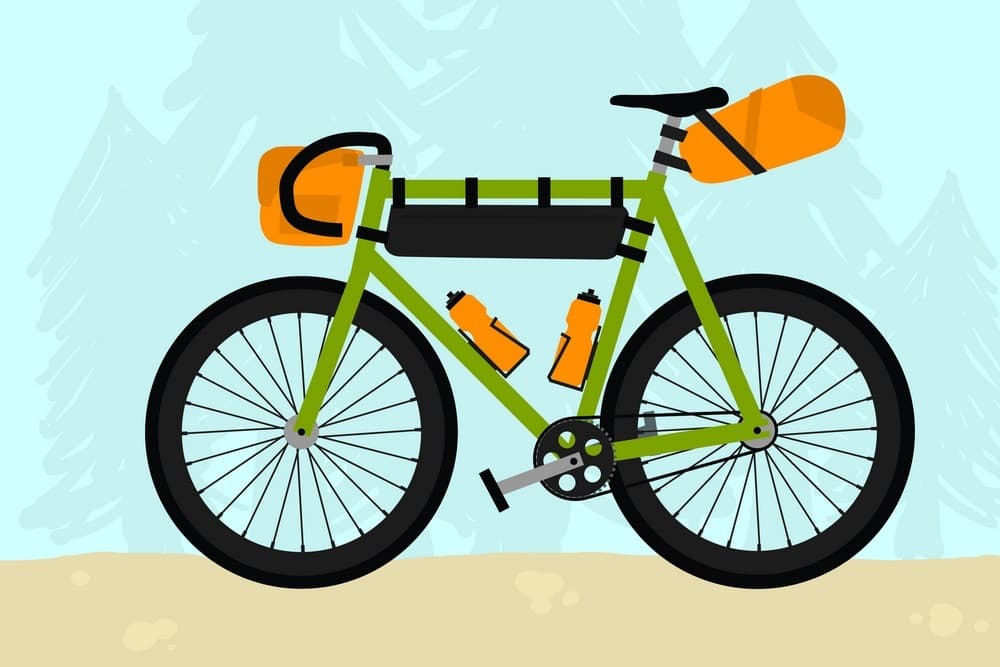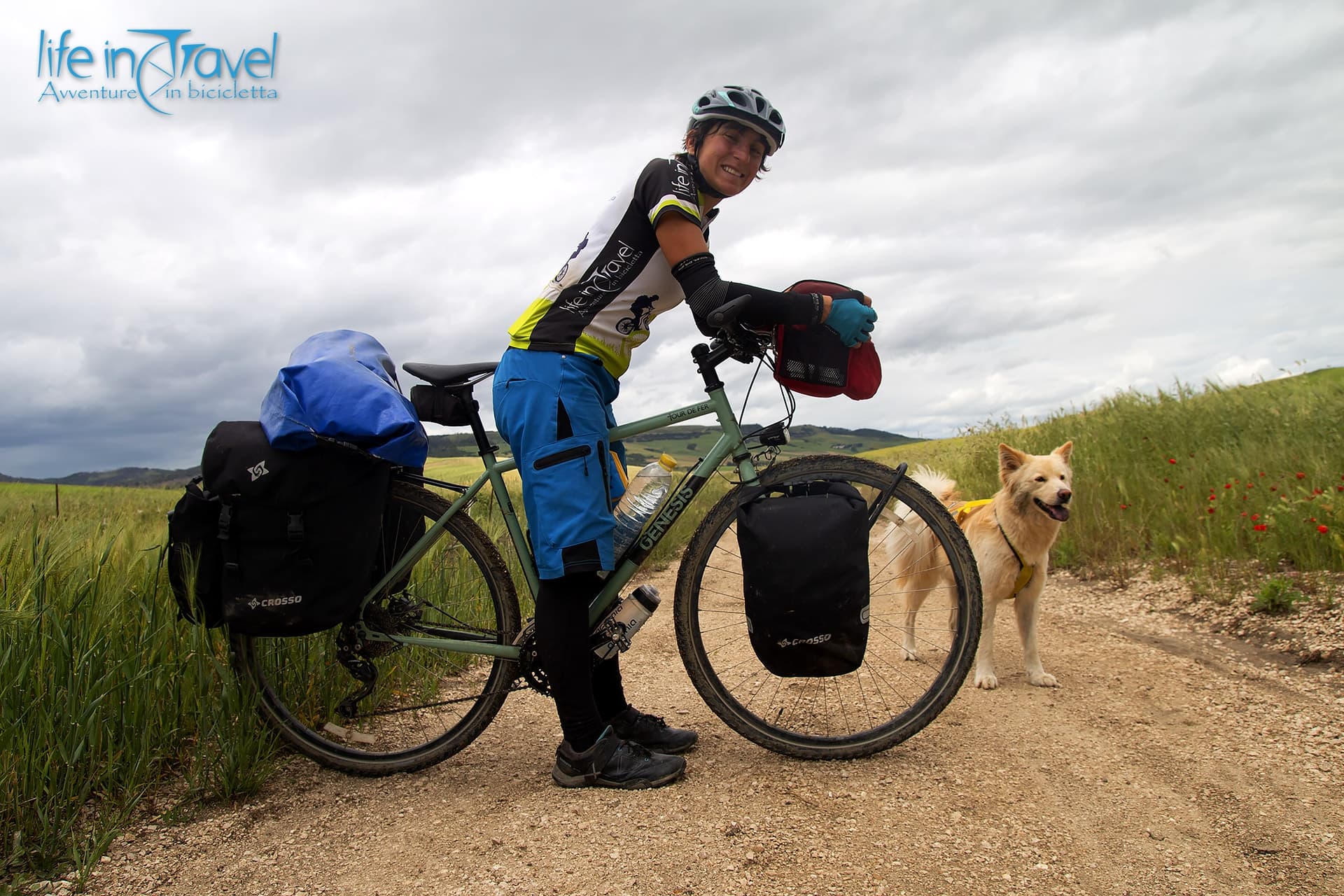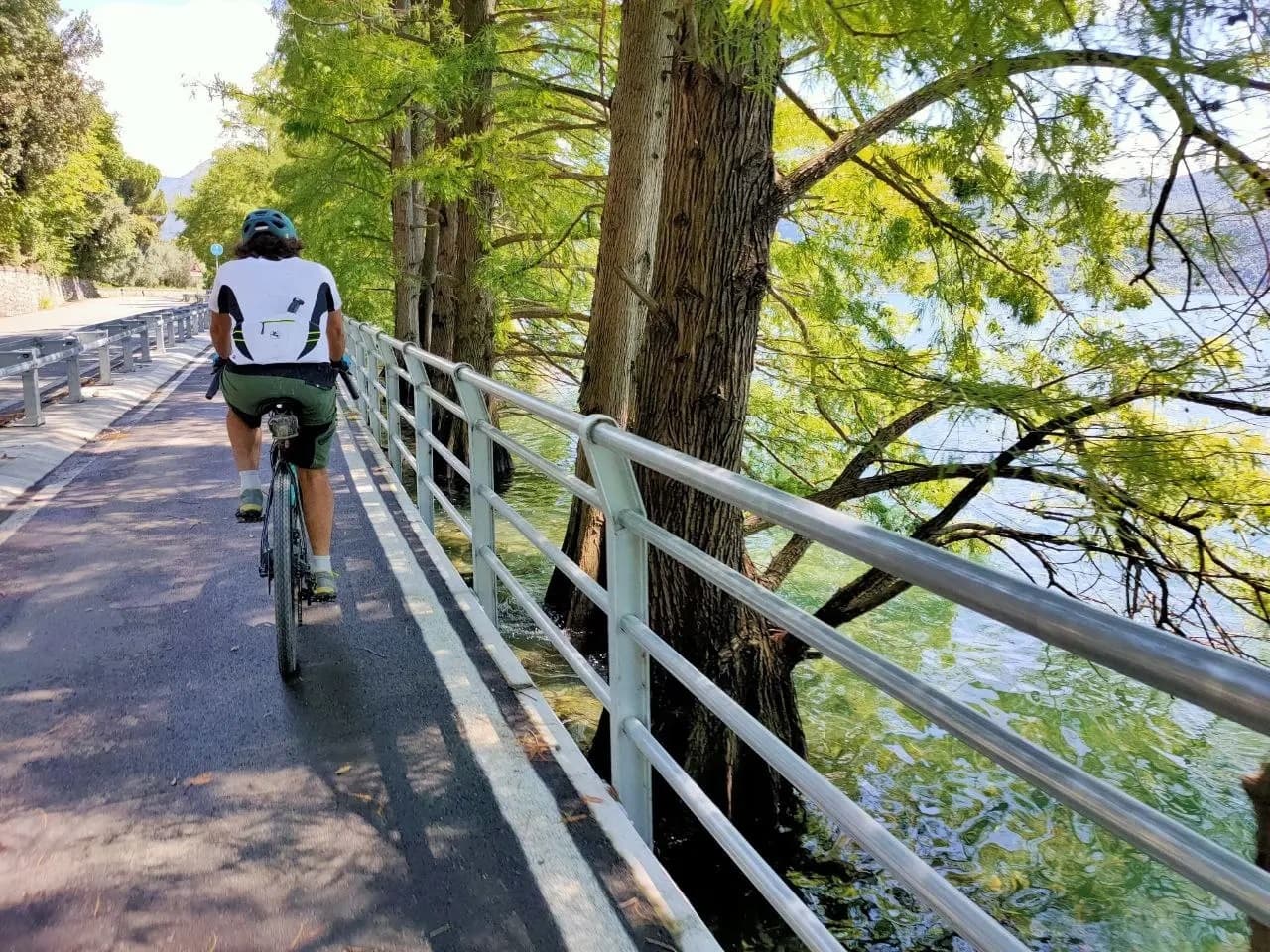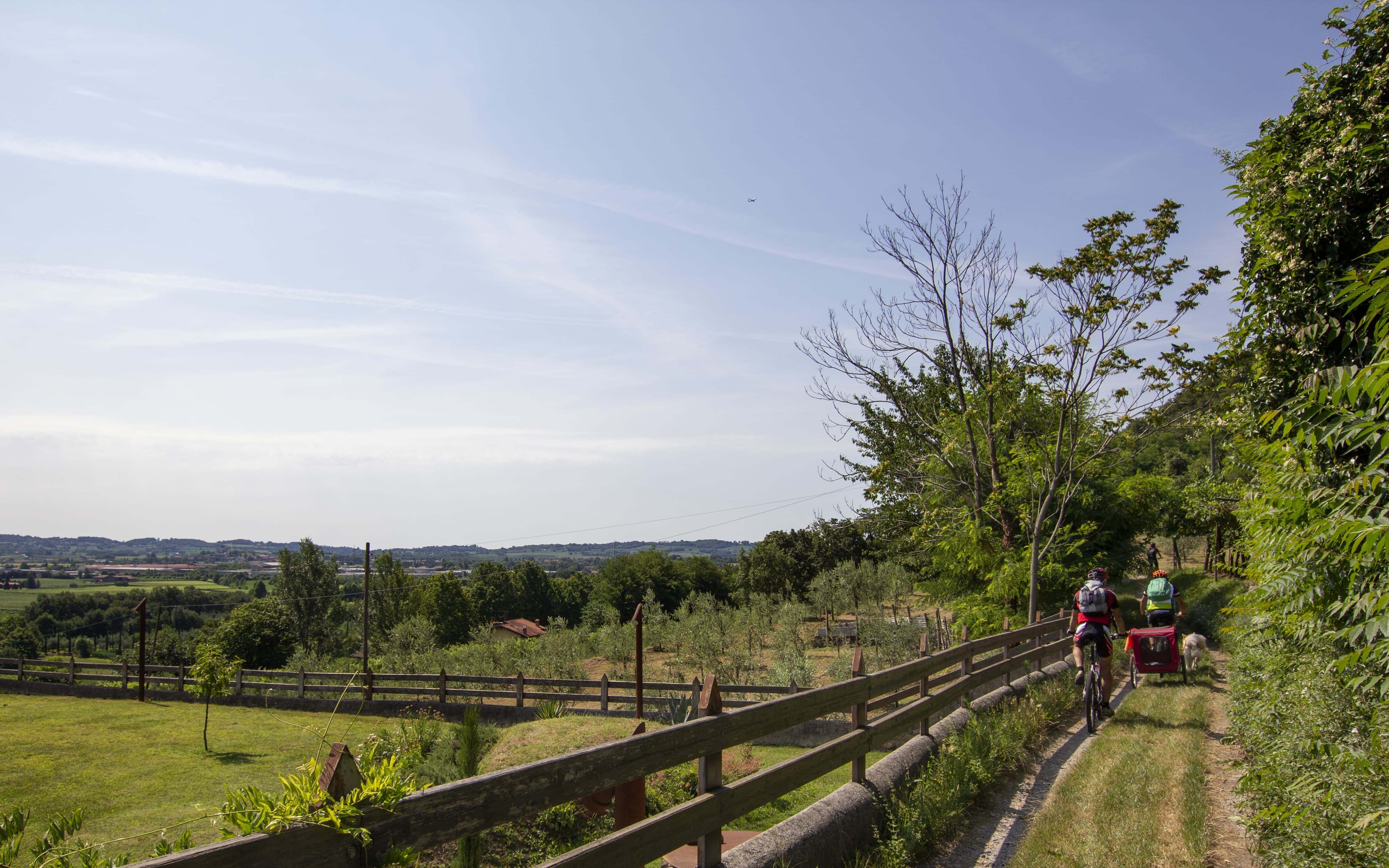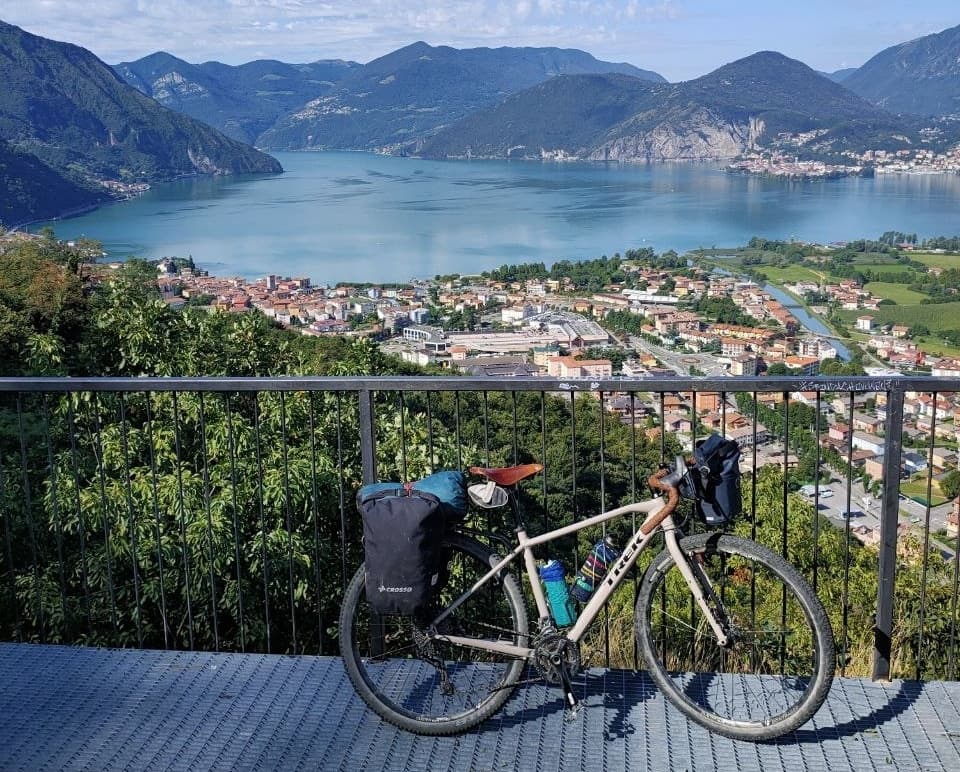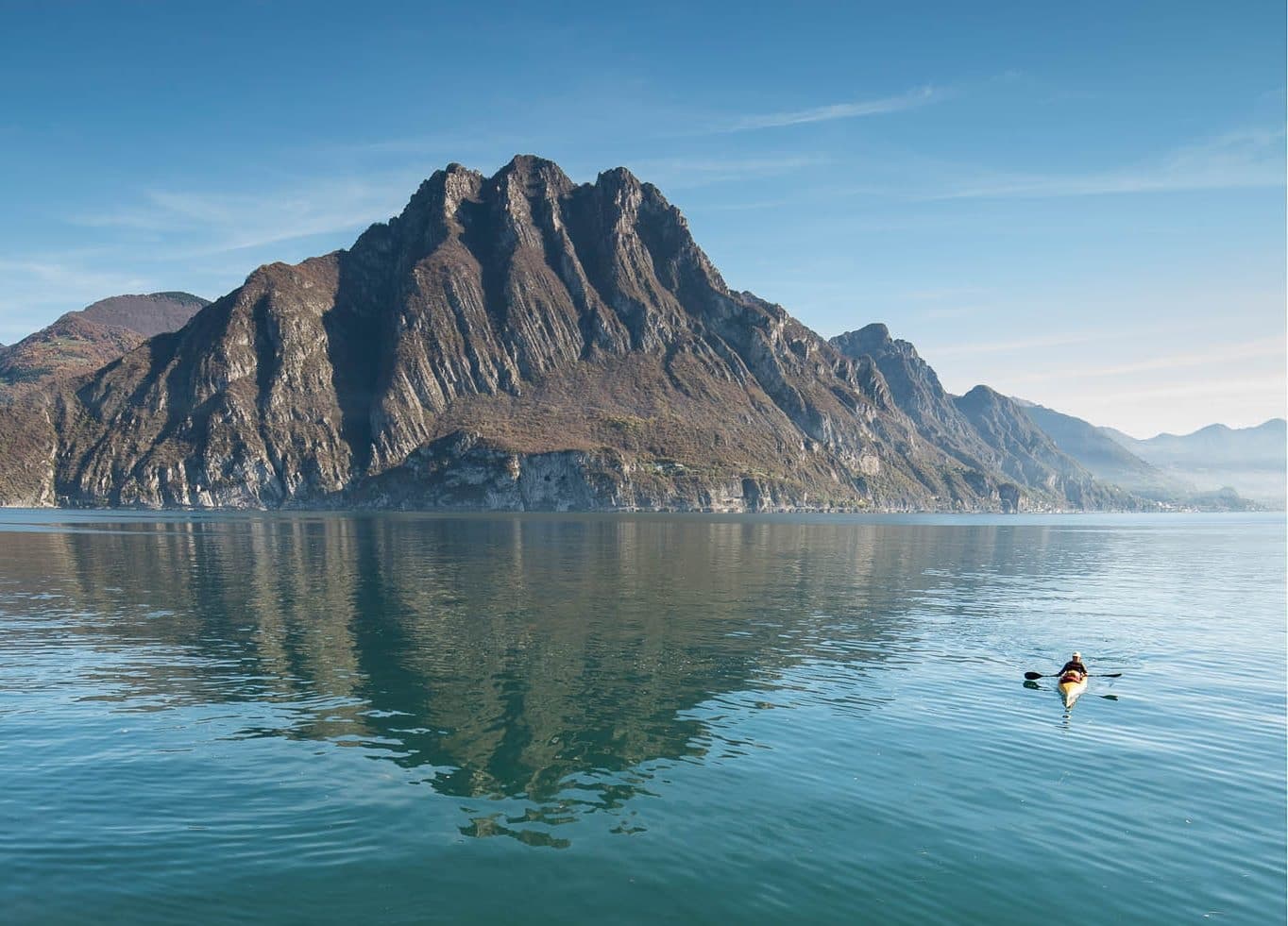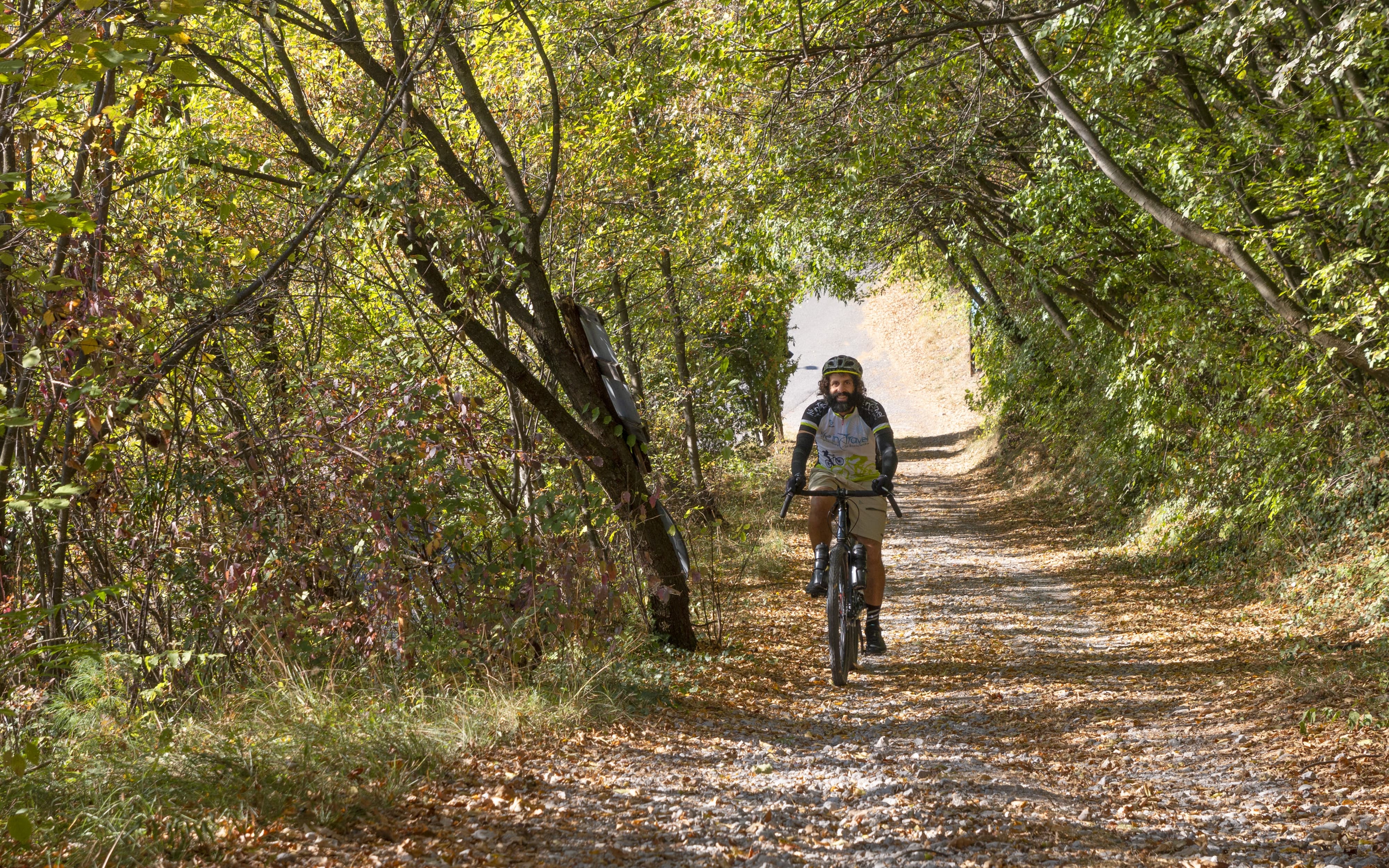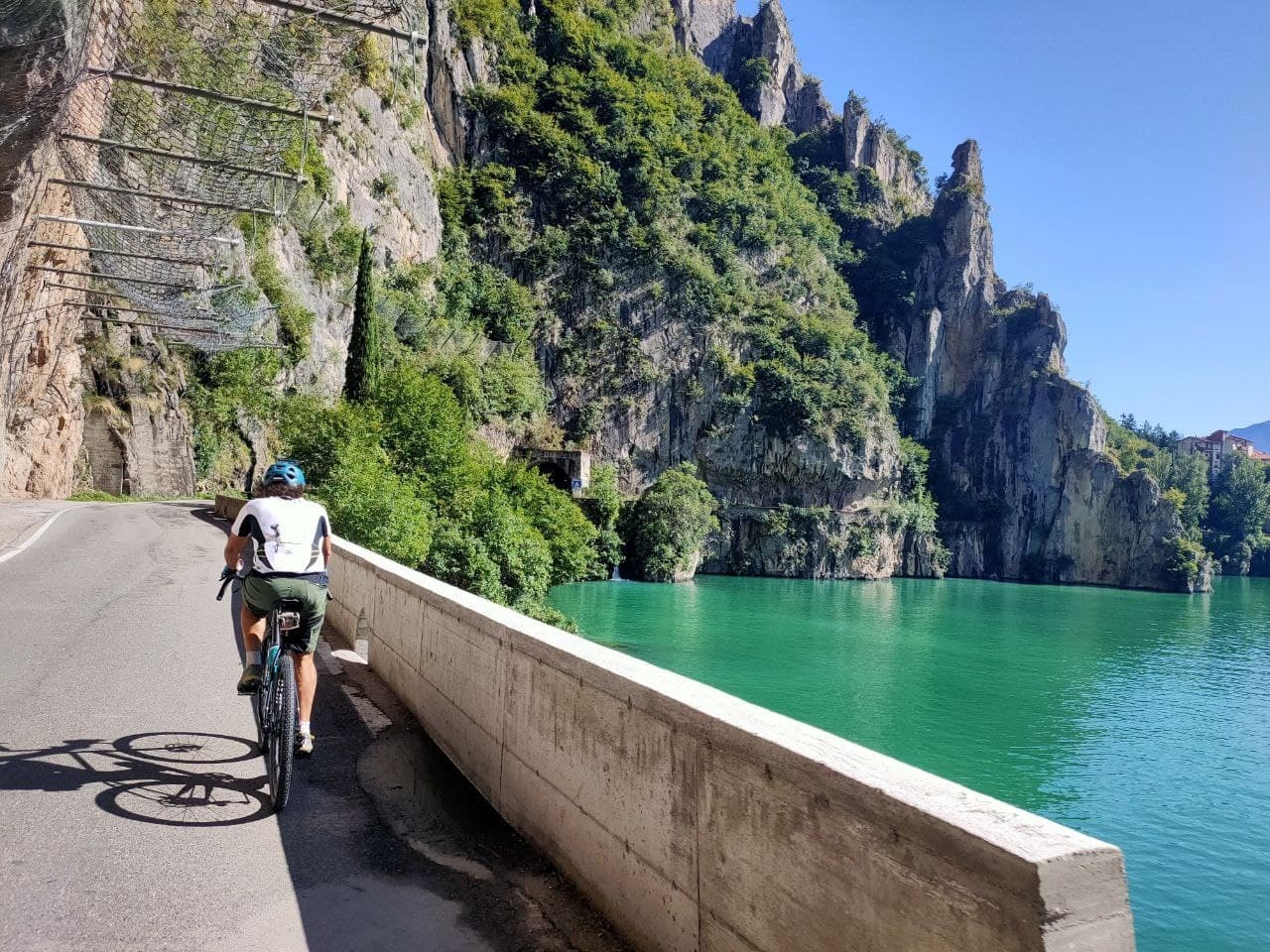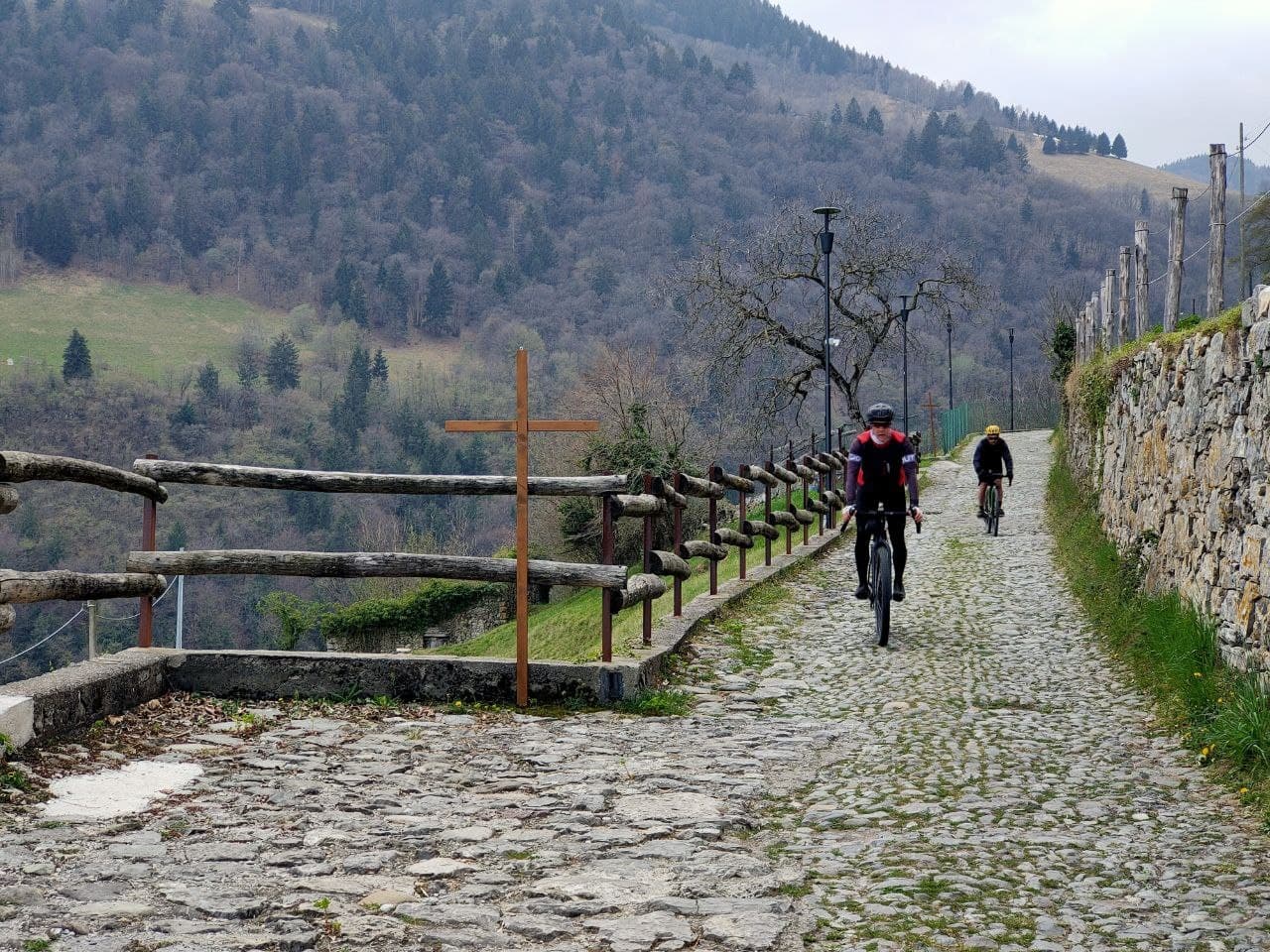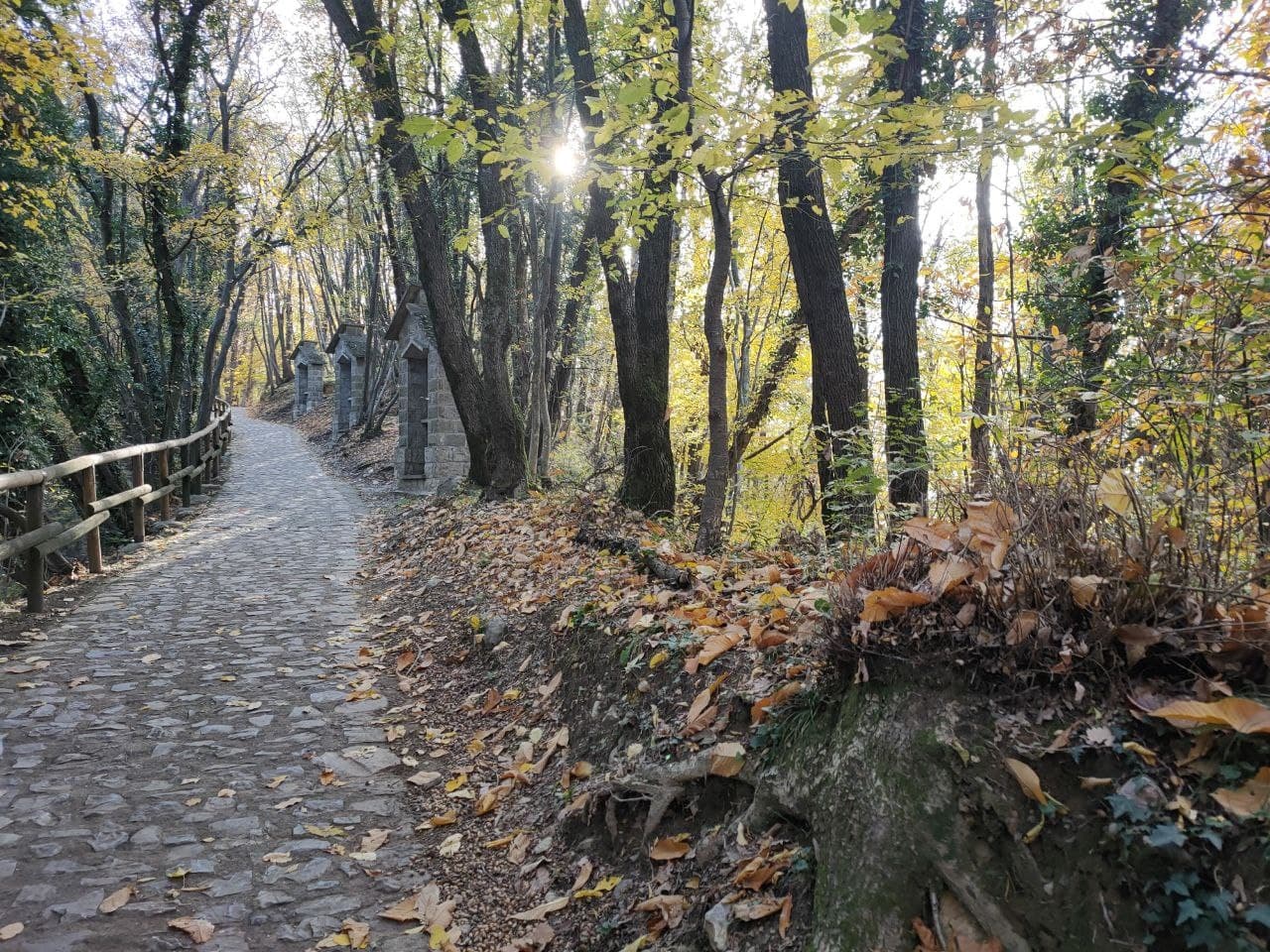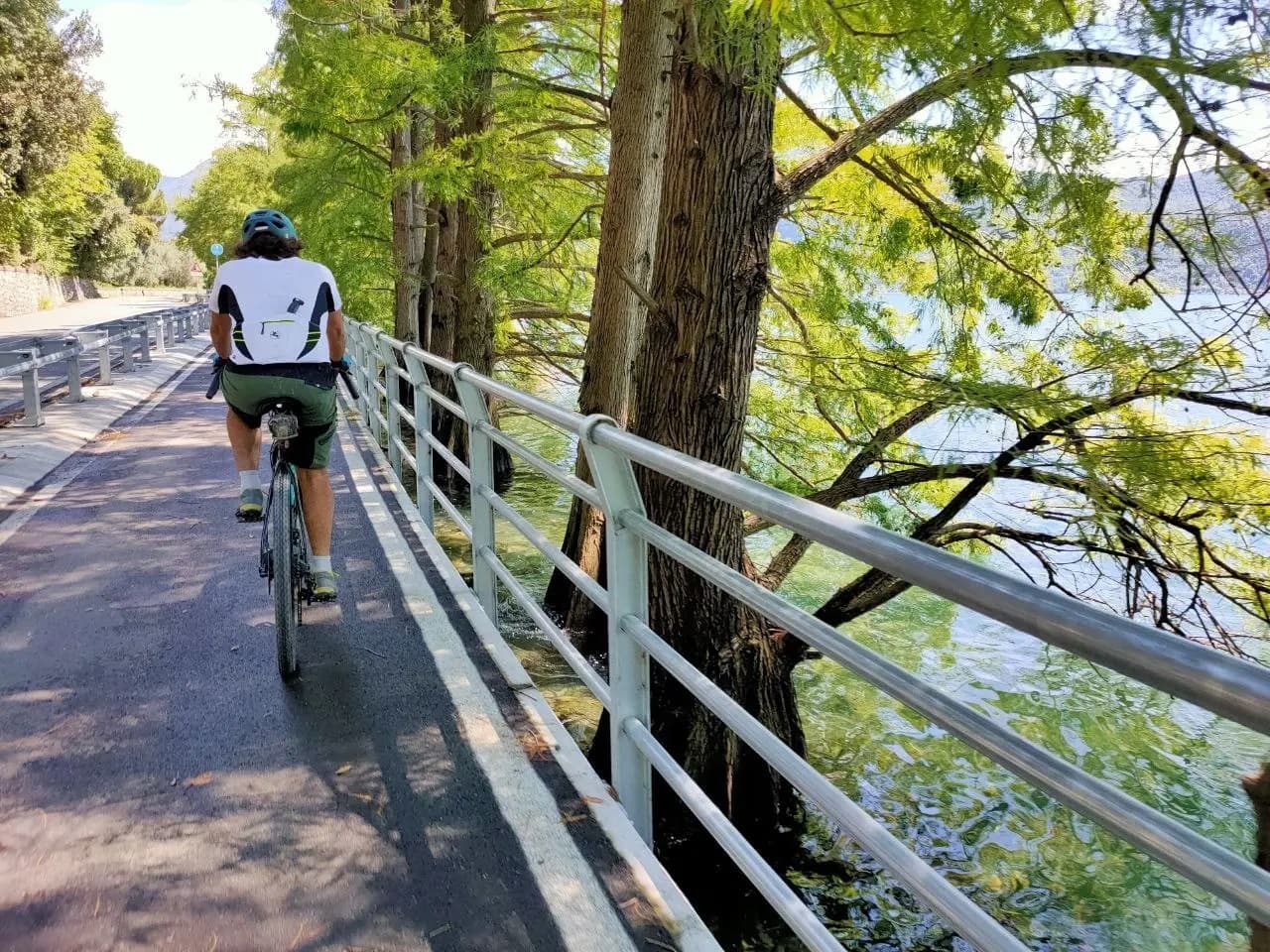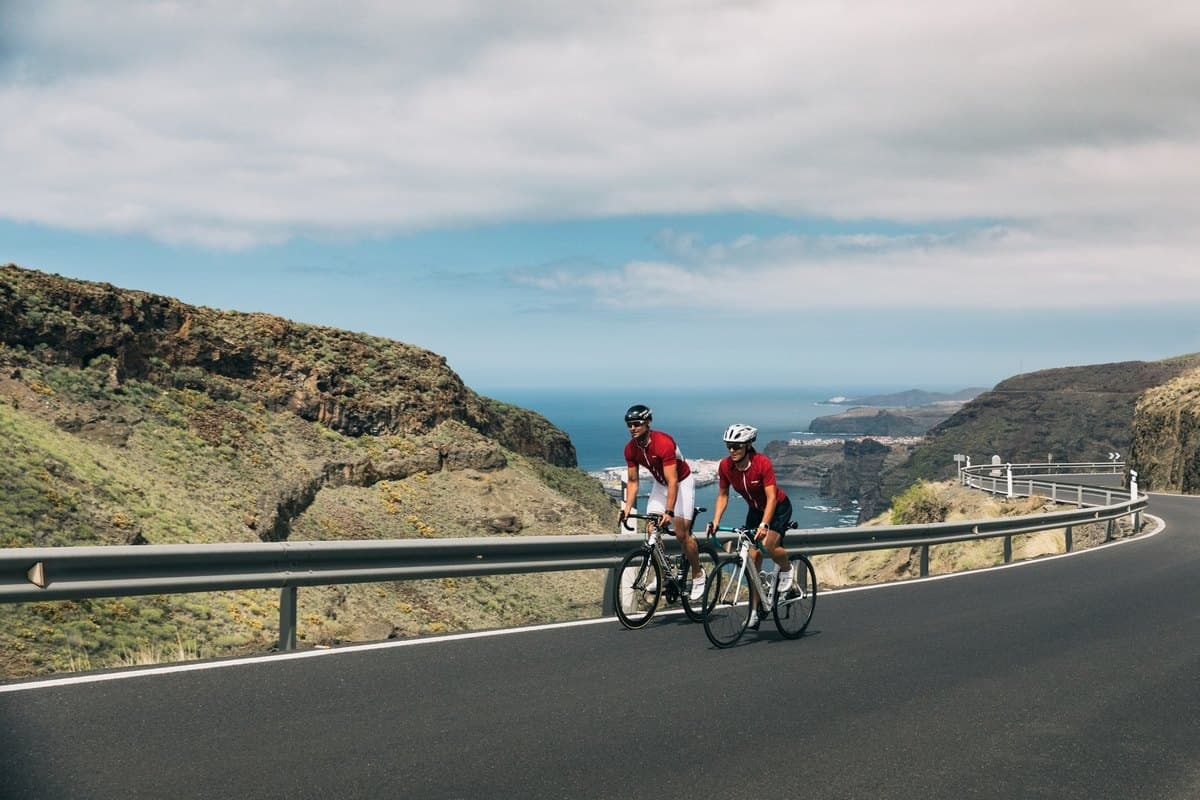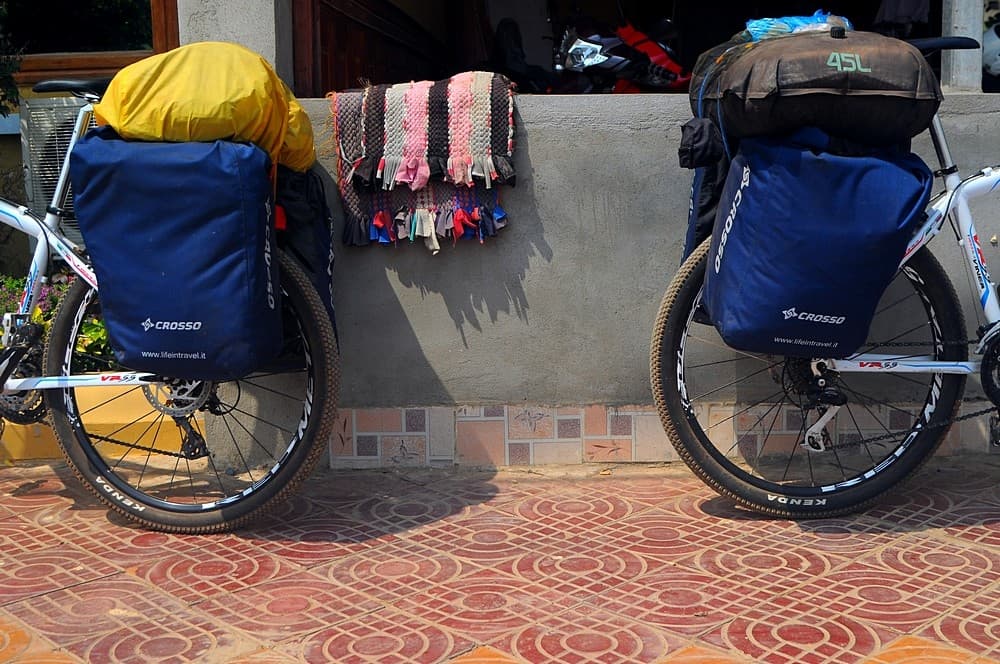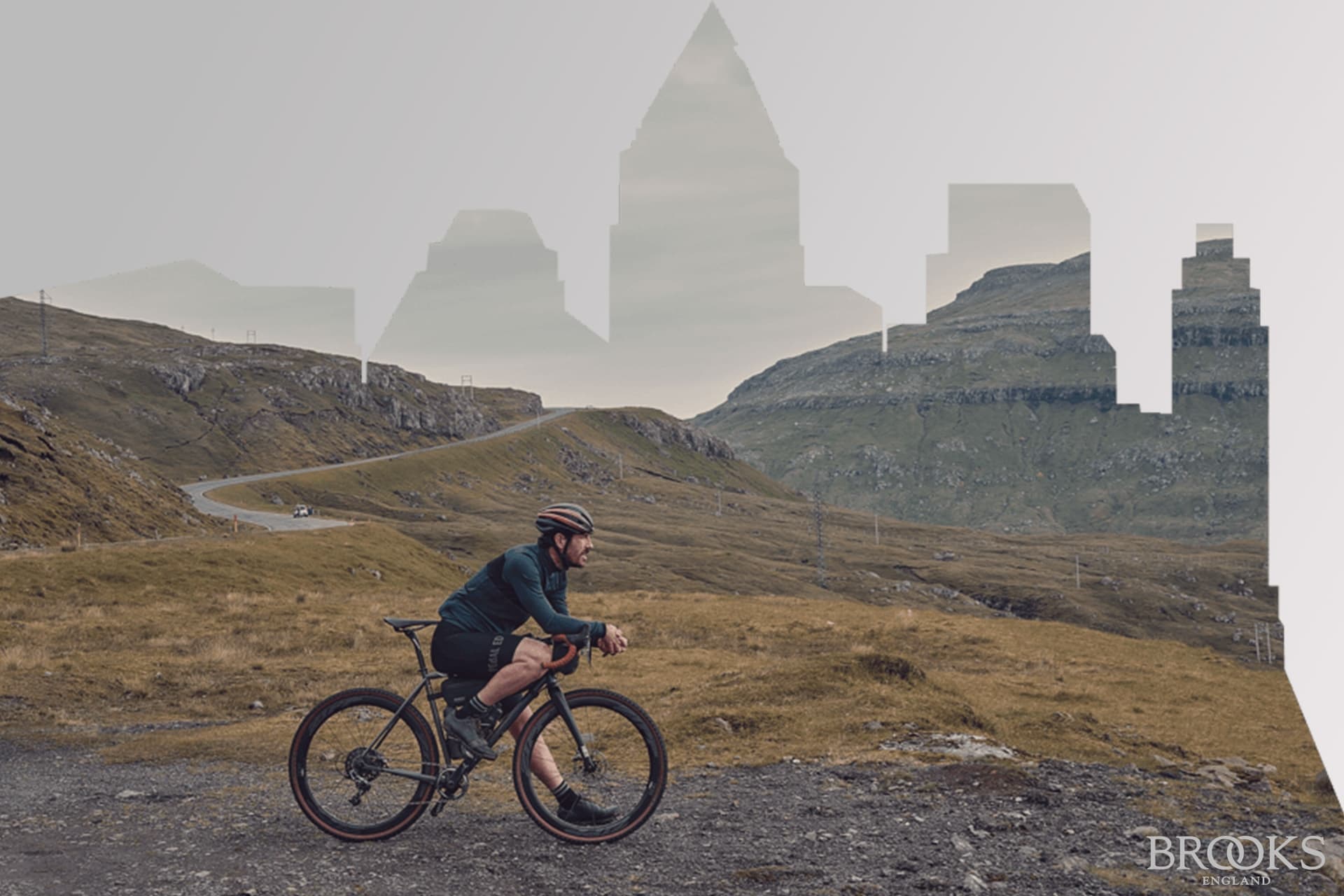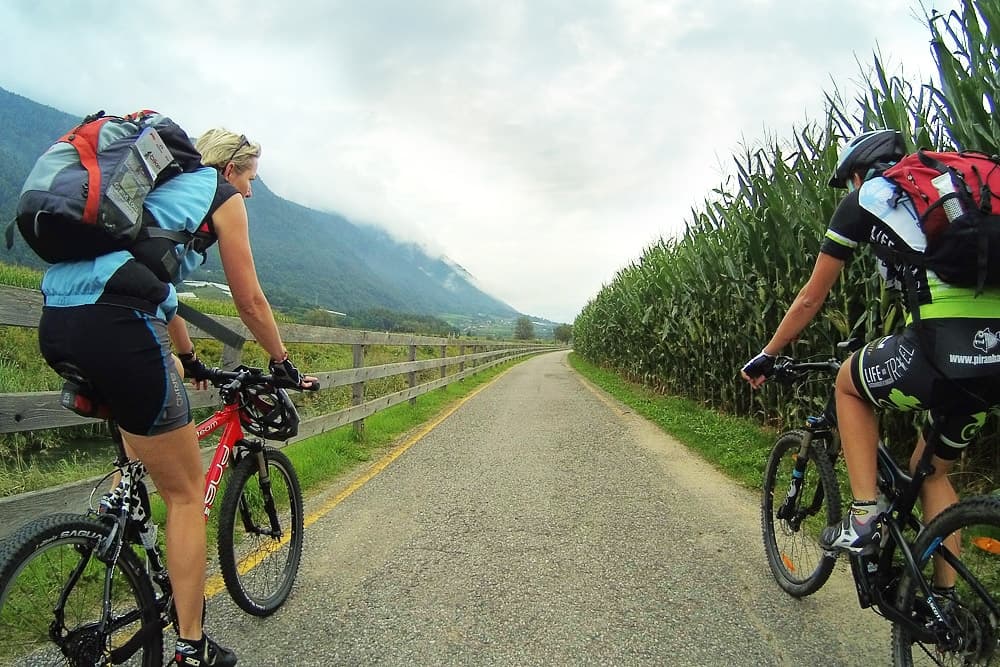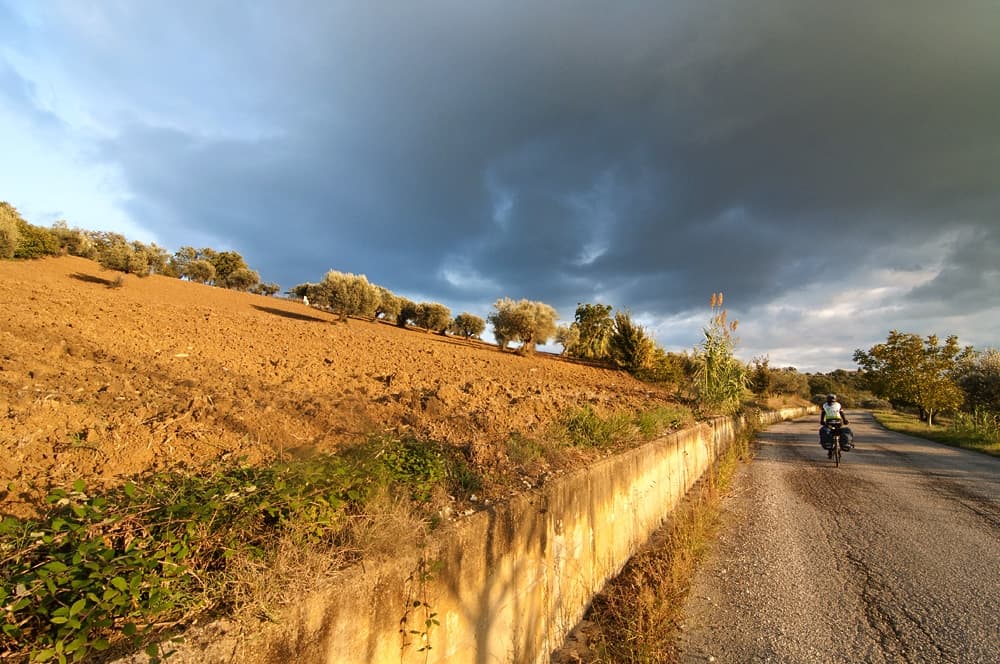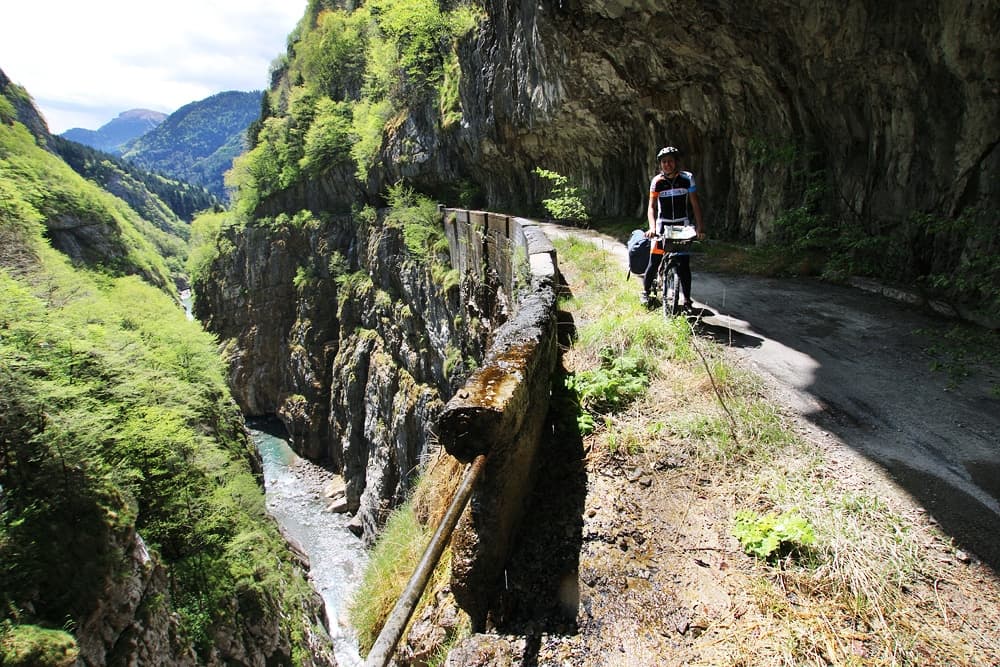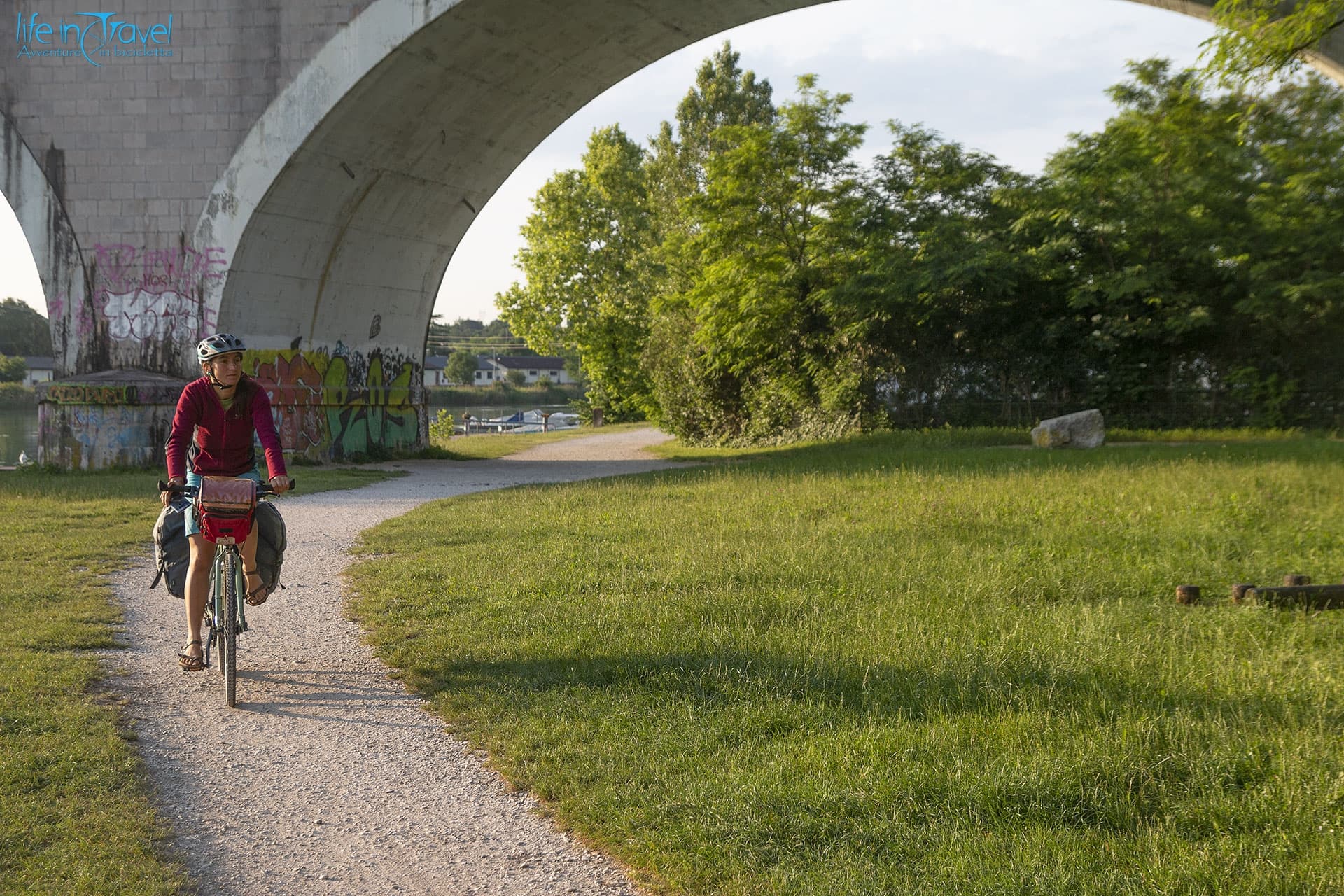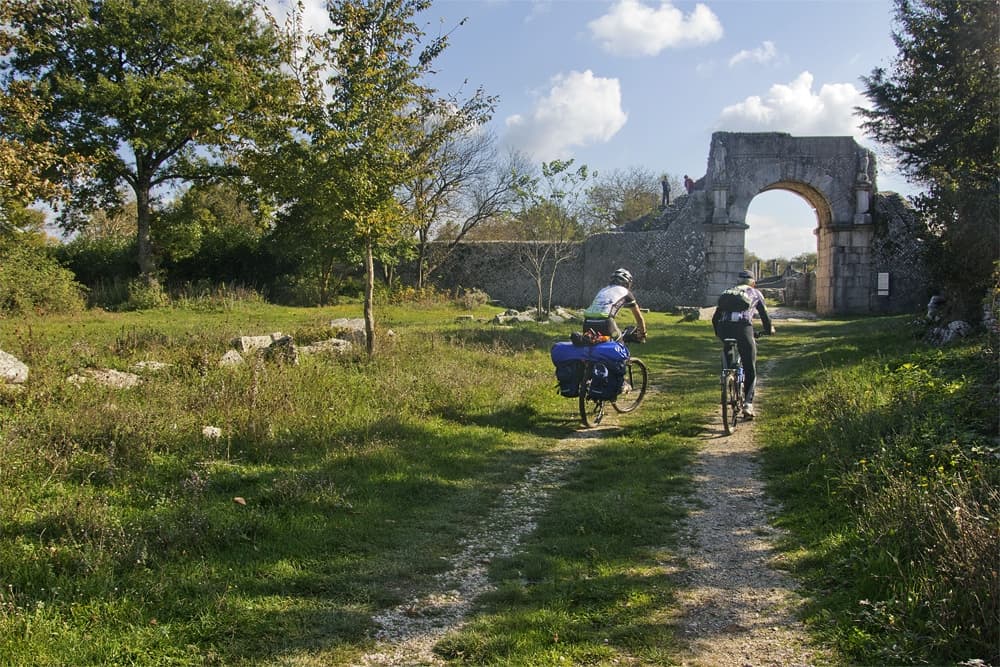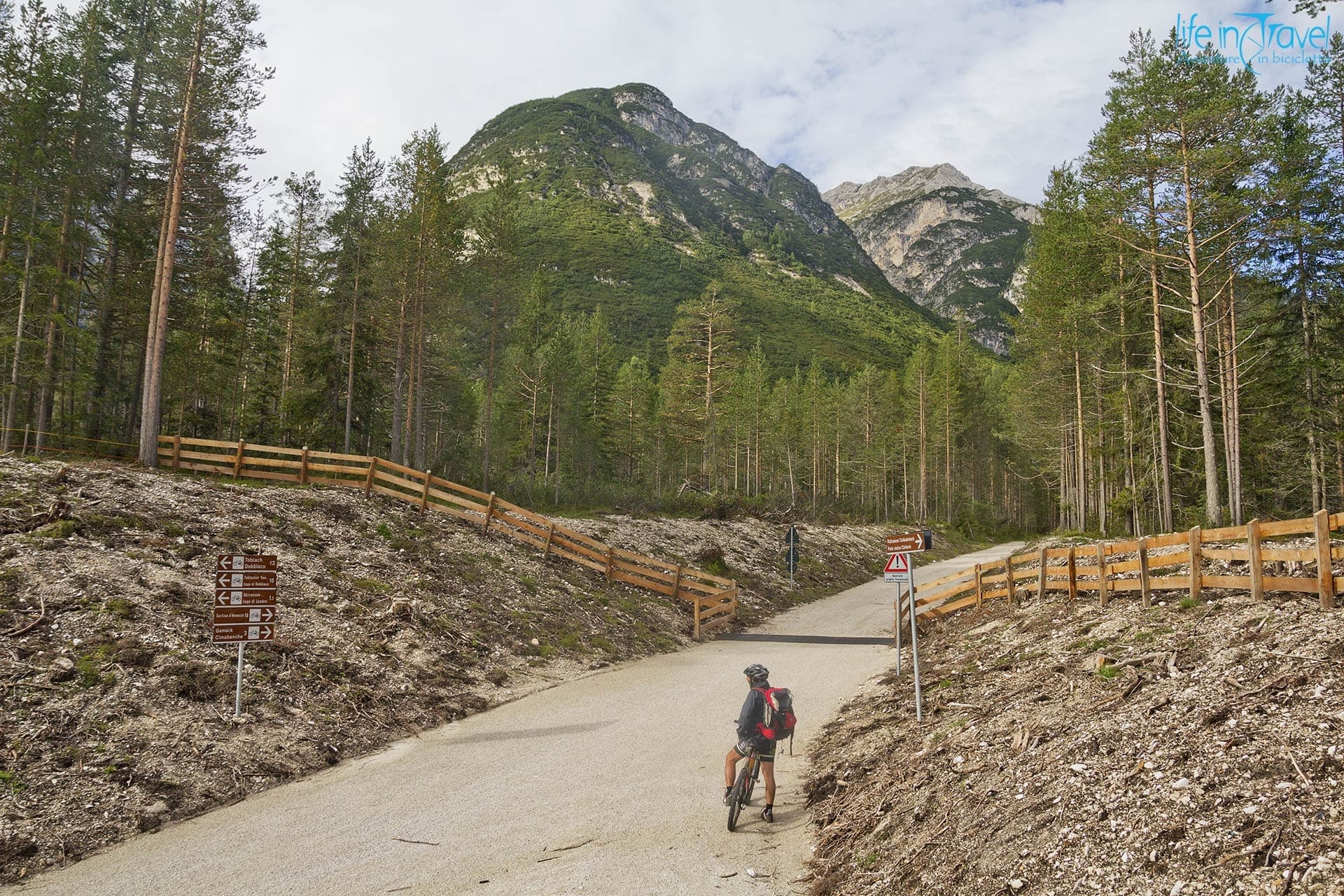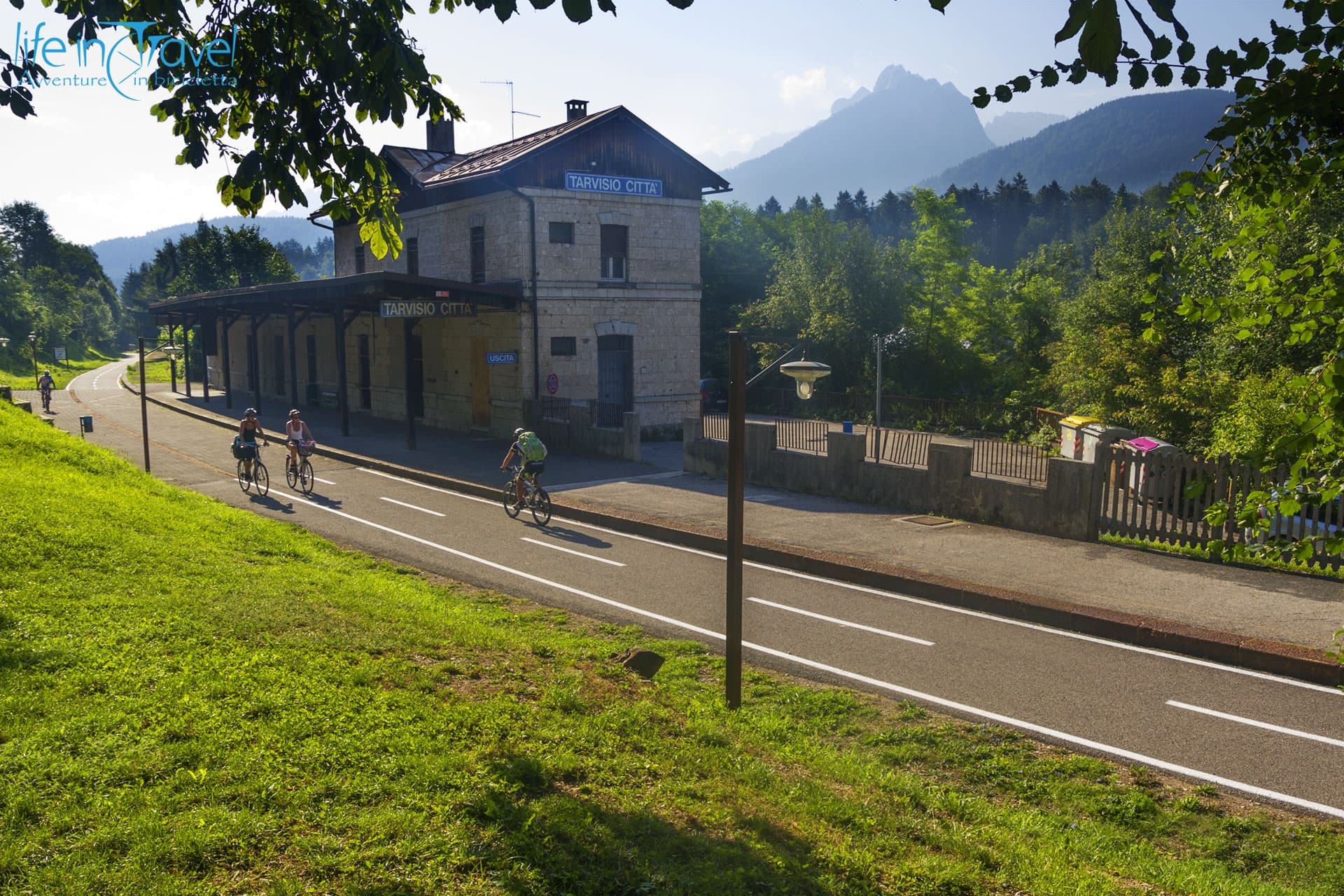What is bikepacking? Travelling light, cutting through streams, crossing dirt passes, having fun on rocky routes, breathing the scents of the forest, planting your tent away from civilization, but also travelling along endless paved roads, stopping in a hotel or eating in a trattoria. The word bikepacking refers to those who love travelling by bike without using the racks instead necessary for cycle-tourism. Anyone can travel in bikepacking mode, you just need a bike, your survival equipment that can be put in specific bags and the desire to leave for a real adventure.
Bikepacking equipment: what you need
From a two-day ride by bike on the mountain paths close to your place to a once-in-a-lifetime journey by bike, bikepacking can be practised by anyone loving bikes and adventure. You can leave from home or reach your starting place with any other means of transport, you can cycle for one day or one week, you can arrange yourself to be independent or choose to rely on facilities for eating and sleeping. To practice bikepacking, there is specific equipment which is different to the classic equipment used for "cycle-tourism" with racks and bags: equipment doesn’t affect the shape of the bike in a horizontal way but only vertically.
- Handlebar bag: realized to be applied to proper fastenings placed on the bike between handlebar and brakes, this bag is, together with the saddlebag, part of the classic bikepacking equipment. Ideal to contain lightweight objects like a sleeping bag, spare t-shirt, waterproof pants or cagoule, the handlebar bag shouldn’t be overloaded, doesn’t need front luggage racks and can have a maximum capacity of about 20 litres.
- Saddle bag: it is an essential part of the equipment for a bikepacking trip. By means of proper straps and buckles, it is possible to fasten the bag, that can reach a capacity of 14 litres, to the saddle of any bike. In the buckles of the saddlebag, you can also transport sandals or a windproof jacket.
- Frame bag: since every bike has different geometries and frames, this type of bag should be tailored. You can decide to occupy the whole space available so giving up your water bottle, or to occupy just a part of the frame... anyway, before buying make sure it is compatible with your bike. This bag is suitable for transporting heavier objects like food or the repair kit and the various tools necessary for your trip.
What’s more... if the available space isn’t enough to contain what you want to carry with you, you can decide to leave with a small backpack (be aware: do not overdo loading it since an excessive weight could cause back pains and compromise the success of your adventure) or use three other small bags. The first and the second one can be added to the upper part of the frame to contain snacks or a few objects to keep within reach (these types of bag are also called gas tanks), the third one can be applied to the front fork and can be an additional source for transporting some small but necessary accessories. Some of the abovementioned bags, given their particular geometry, aren’t waterproof and to become waterproof require the addition of further covering. For those who want to save some money and get anyway the same result, even if in a more austere way, I suggest to use plastic bags to place between the bag and the content.

Travelling in bikepacking mode
Bikepacking is a way of travelling by bike that is particularly suitable for an off-road trail or to travel long distances in tight times. It is indisputable that for some types of adventures is an ideal choice, but it’s also true that for other types is inadequate and unfitting. A practical example to better clarify this statement is our latest trip by bike from Nazca, in Peru to Salta in Argentina. In Bolivia, we travelled the road de la Joya, a very demanding dirt road winding among high altitude lagoons for hundreds of kilometres. You cycle for days among sand, salt lagoons and volcanos, away from civilization and supermarkets and it’s, therefore, necessary to travel in complete autonomy. Moving with racks and bags we managed to transport many kilos of food besides 10 litres of water each, would it have been possible in bikepacking mode?
On the other side travelling by heavily loaded bags along single trails like the Dolomiti di Brenta Bike or the Dolomiti Lagorai Bike in Trentino would be really difficult. For every type of trip the suitable equipment even if each of us is, however, free to decide, also with creativity, how to organize at best his own equipment.

How much does it cost to travel in bikepacking mode?
The specific equipment for bikepacking isn’t cheap. Bags have a limited capacity but costs anyway are remarkable. The ideal tent to practice bikepacking must be rather small and lightweight and with these two characteristics, you cannot expect to buy it at a reduced price. Generally, bags (always check them carefully!) aren’t totally waterproof and they need an additional equally expensive to become waterproof (excluding the hypothesis of plastic bags!)... So travelling in bikepacking mode totally independently requires a rather high initial investment even if the satisfaction in achieving is unbeatable. The costs of bags vary according to brand, capacity, finishing and model.
Generally, the price of each equipment is approximately the following:
- Saddle bag with capacity from 5 to 20 litres from 130 to 180$,
- Handlebar bag from 2 to 20 litres, from 60 to 150$.
- Frame bags vary according to the size, from 30 to 60$.

